Risk of Rain 2 offers a staggering sense of scale
Big sky.
At first, there are nothing but empty spaces. Alien Cel-shaded landscapes boasting hills and ancient structures welcome me as I exit my space pod. Sometimes there's an abandoned facility trapped in the snow. Other trips are rather plain, presenting long walks through places that seem to resemble forests and deserts.
Everything in Risk of Rain 2 is expansive beyond belief.
I look ahead at miles and miles of terrain. The sky is always gigantic overhead, giving me the illusion of an easy escape route from otherworldly dangers. For a couple of seconds, I embrace a feeling of solitude. But this is a roguelike, it doesn't take long for enemies to show up and greet me with fire.
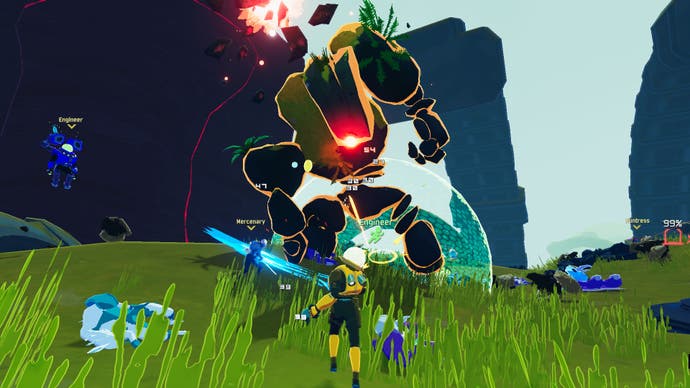
As I start to make use of everything in my disposal to survive, the space gets crowded. The perspective that was lonely at first changes rapidly. Attacks seem to travel endlessly, forcing me to leap all over the map - getting me as close or as far from the action as each situation demands.
All of this becomes even clearer the first time I see a stone golem standing right in front of me. The beast is three times larger than me, making its laser eye much harder to avoid. It's the first time I've seen a roguelike embrace height and distance like this, presenting it as a tool for both you and your enemies. And items take this idea to heart, letting you defy gravity with wild acrobatics as you move faster and jump higher.
I wasn't entirely convinced about this shift from two dimensions when the game was announced. We're used to seeing roguelikes in beautiful pixel-art worlds, and the first Risk of Rain was no exception. It was impressive to see how much it achieved under such limitations of space and scale, locked within side-scrolling walls. Surprisingly, the 3D presentation of the sequel does wonders with those initial ideas. You get to see the world from an unfamiliar perspective, a starring role for the chaos that roguelikes often thrust us into, with dozens of enemies on screen.
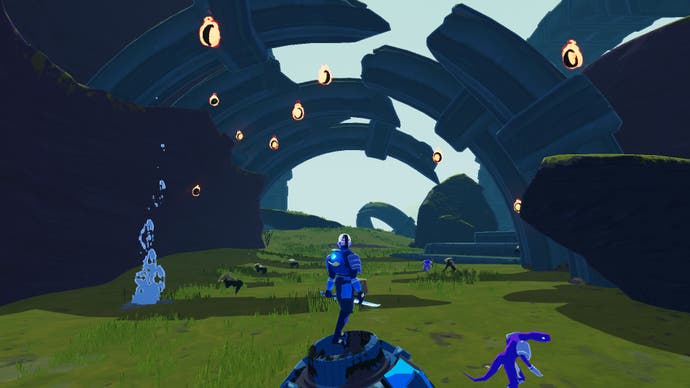
Does it feel dangerous? Meet the magma worm. This long creature creates arcs in mid-air with its movement, emerging from the ground and incinerating everything that gets too close to it, only to return underground as if the floor was nothing but a pool.
There aren't specific attacks to be aware of. The damage the worm causes relies entirely upon the worm's traversal. When it emerges, the worm is as big as a building, and molten balls erupt from the ground adding to the spiral of chaos. But the creature is smart too, always targeting my exact location, getting closer with each plunge.
In the first game, you only had to look for the red markers on the ground to avoid the beast when it comes out. It usually ended my run in seconds, especially when there were other enemies distracting me. Although the markers have been preserved, I can now feel the creature approaching. The ground quakes. The world turns red for as long as the encounter lasts, with heat surrounding me as it emanates from the worm's ethereal body.
Wherever I look, Risk of Rain 2 pushes me to make use of its scale, increasing my movement capabilities and firepower as I progress through randomly-generated scenarios. It's almost like it wants me leave the ground behind - and make the sky my own.
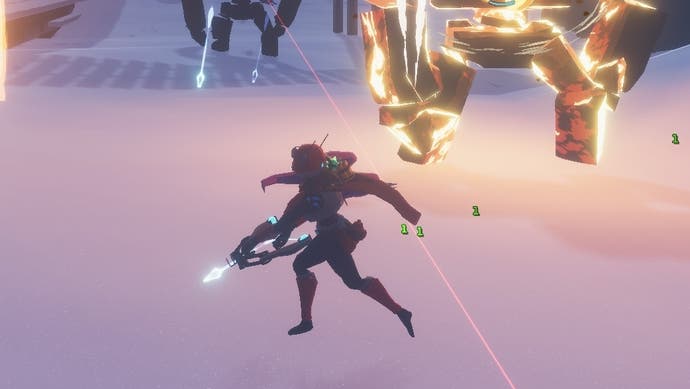

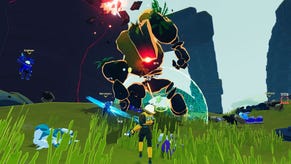
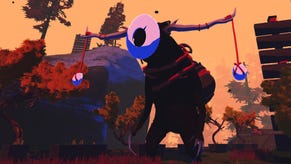
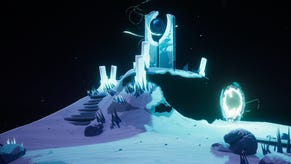
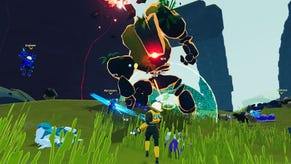
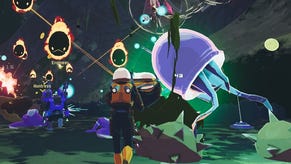
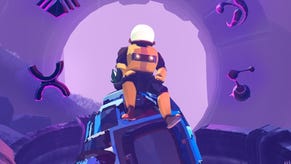
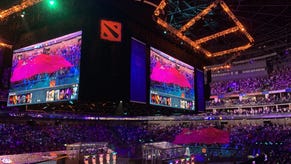







.png?width=291&height=164&fit=crop&quality=80&format=jpg&auto=webp)
